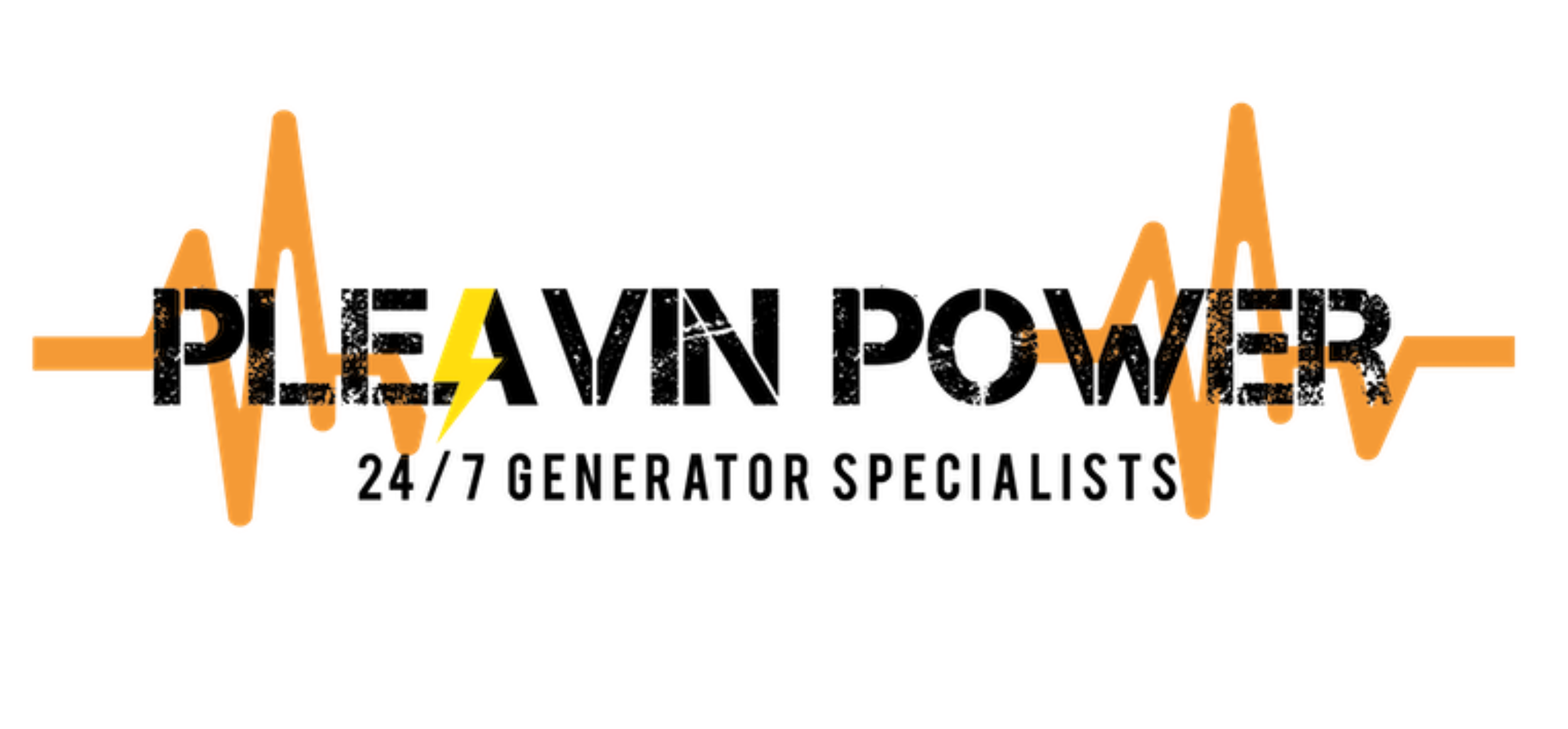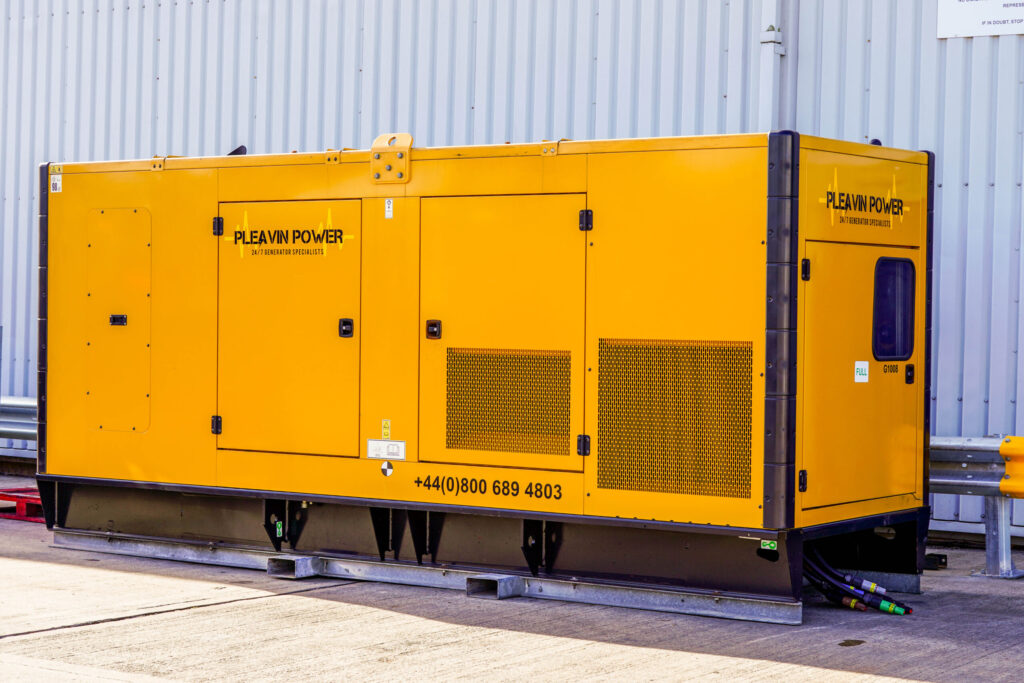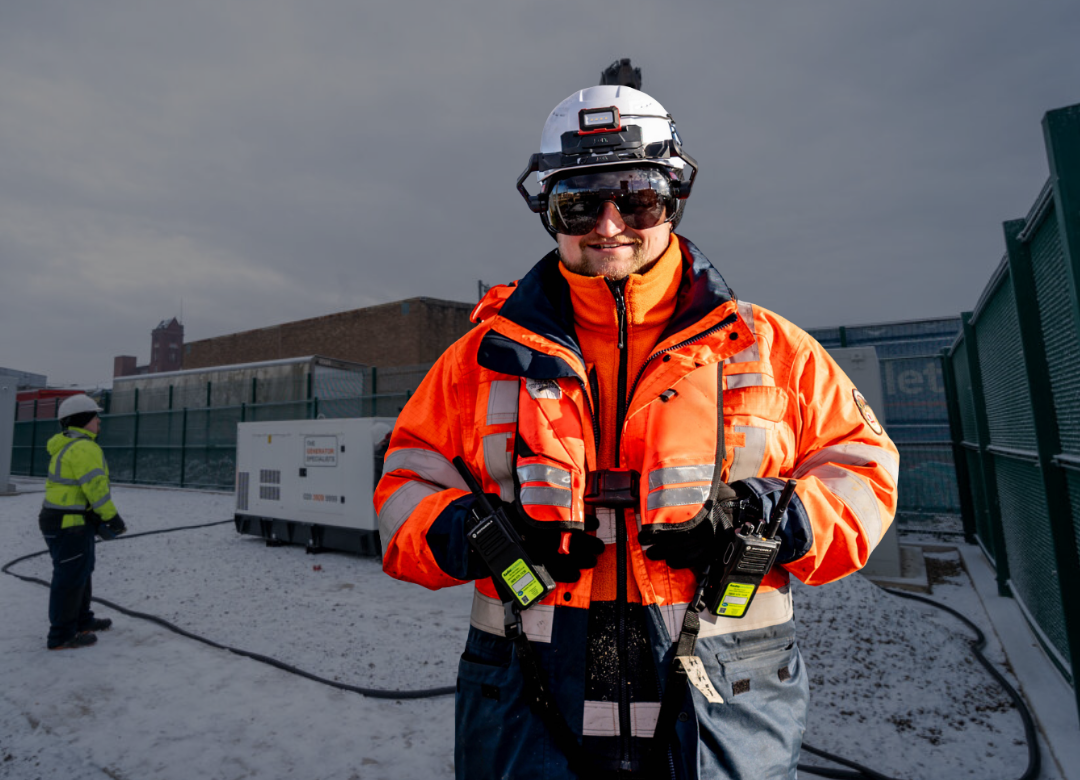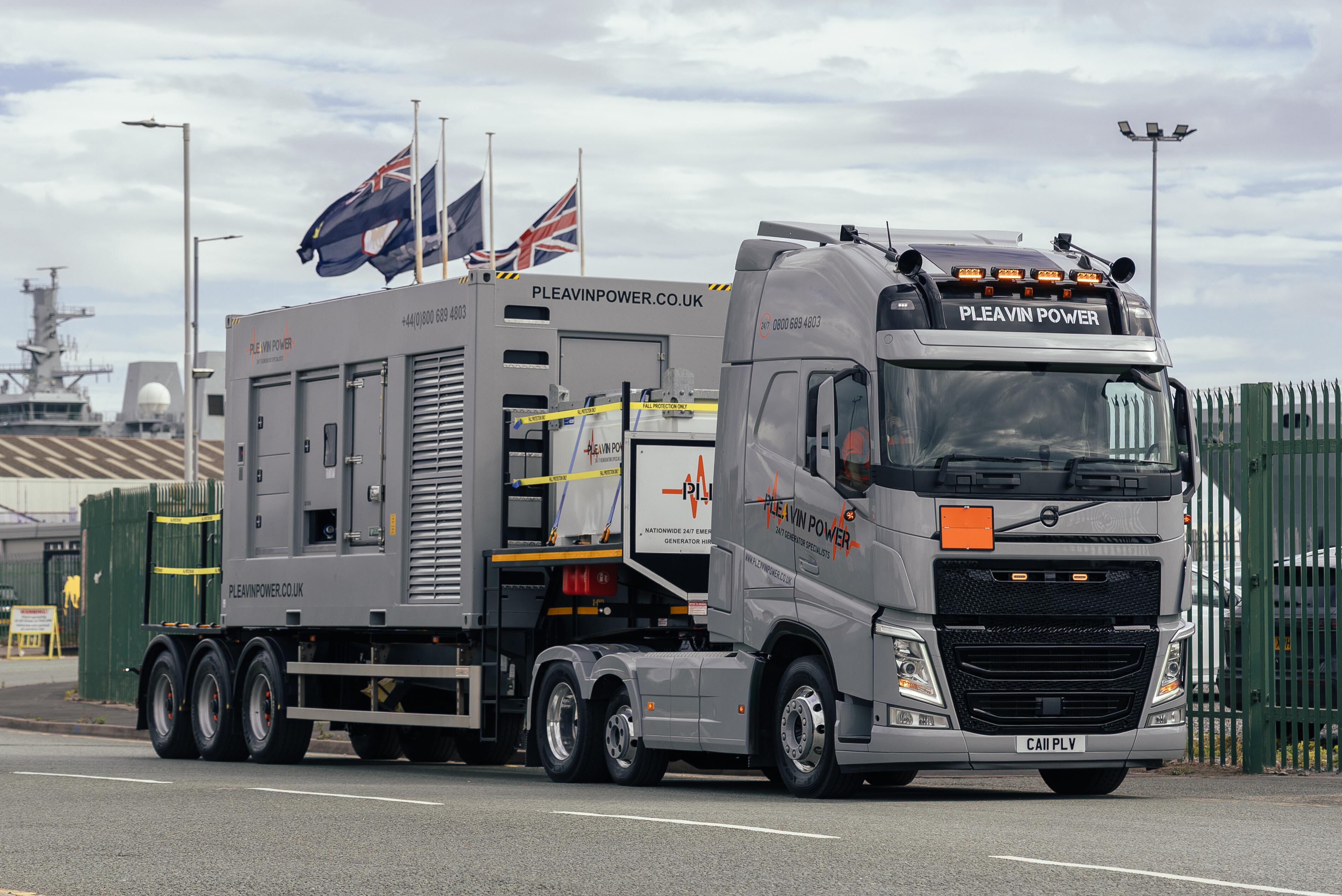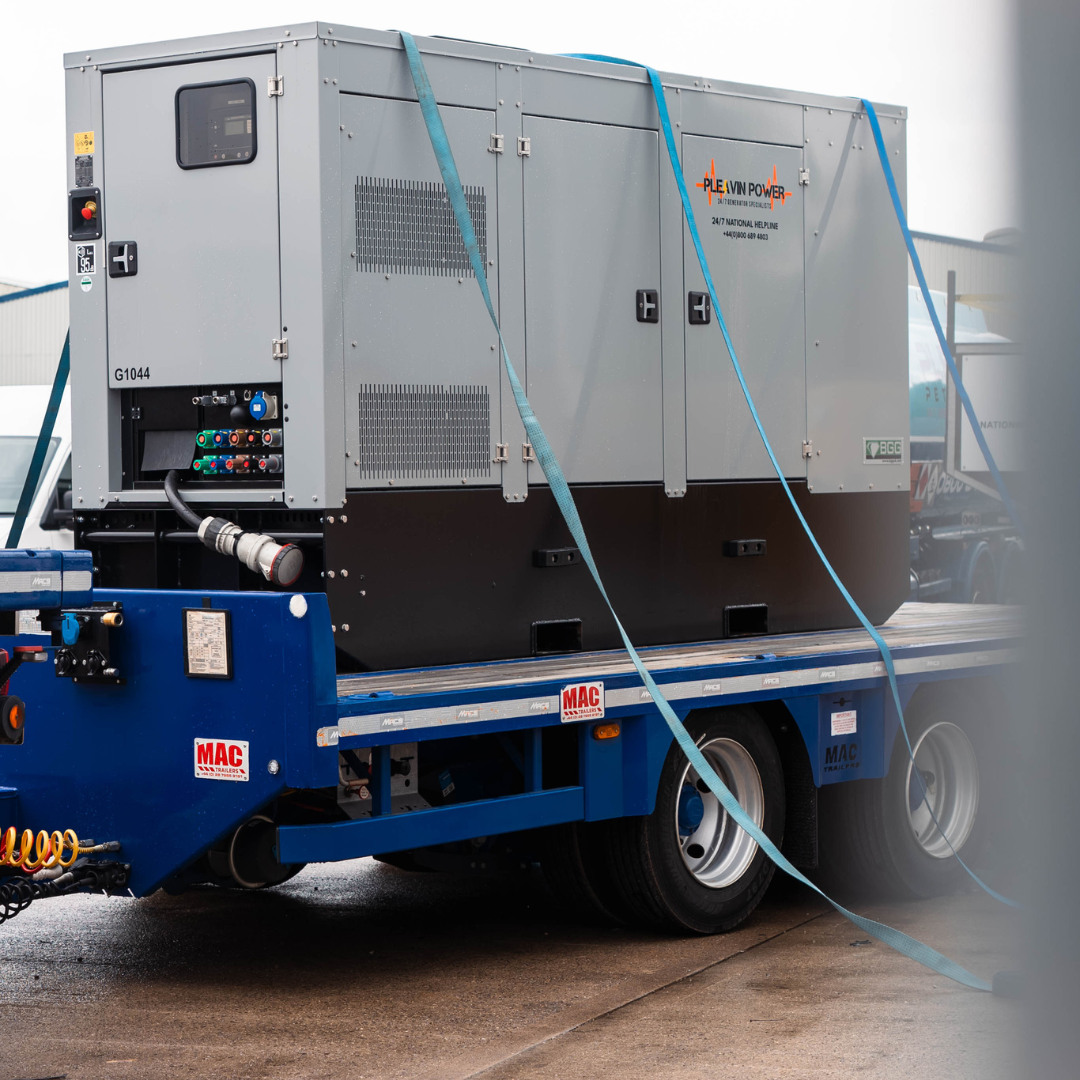In an era where electricity is the main source of our daily activities, a power outage can disrupt our lives in significant ways.
Whether it’s a sudden storm, a technical glitch, or a planned maintenance outage, being without power is not only inconvenient but can also pose risks to safety and well-being.
Standby generators are a vital solution to this problem, providing a reliable and immediate source of power when the grid fails.
In this blog post, we will delve into the workings of standby generators, exploring their components, functionality, and the crucial role they play in ensuring uninterrupted power supply.
What Is a Standby Generator?
A standby generator is a permanently installed appliance that supplies power to a home or office space with backup power in the event of a power outage. These generators are designed to activate as soon as your mains power supply cuts out.
A power cut can occur for a number of reasons from harsh weather conditions to planned maintenance in the area – a standby generator is the perfect tool to combat power failures to keep your home fully powered throughout the outage.
If you’ve lived through any natural storms and bad weather, you’ll often find that it can leave electricity companies near you damaged and ruined. This leads to your home and the residents around you being forced to go without any power.
Components of a Standby Generator
Understanding the functions of a standby generator must begin with developing your knowledge of the parts that make up each unit. In order to fully understand the inner workings of a generator, it is important to know how each of the components works.
Engine
At the heart of every standby generator lies its engine. Typically powered by natural gas or propane, these engines are designed for durability and efficiency.
The engine’s primary function is to convert the energy stored in fuel into mechanical energy that can be used to turn the generator’s alternator. If you come to find that your generator engine is in need of reconditioning then the team at Pleavin Power are here to help and perform these services for you.
Alternator
The alternator, also known as the generator head, is responsible for converting the mechanical energy produced by the engine into electrical energy.
It operates on the principle of electromagnetic induction, where a rotating magnetic field induces a current in the stationary windings of the generator. The alternating current (AC) produced by the alternator is then used to power electrical devices.
Voltage Regulator
To ensure a stable and reliable power supply, standby generators are equipped with voltage regulators. These devices monitor the output voltage and adjust it as needed to maintain a consistent level.
This is crucial for preventing damage to sensitive electronic equipment that may be connected to the generator.
Fuel System
Standby generators are typically designed to run on natural gas or propane, although some models may use diesel. The fuel system includes components such as fuel tanks, fuel lines, and regulators.
Advanced systems may include features like automatic fuel shutoff to prevent damage in case of a malfunction.
Control Panel
The control panel is the brain of the standby generator. It houses the necessary electronics to monitor the generator’s status, control its operation, and provide user interfaces such as start/stop buttons and indicator lights. Modern generators often come with advanced control panels that allow for remote monitoring and operation via mobile apps or web interfaces.
How a Standby Generator Works
Standby generators are designed to operate automatically, detecting a power outage within seconds. This is achieved through the use of sensors that continuously monitor the incoming electrical supply. When the generator senses a disruption or drop in voltage, it springs into action.
Upon detecting a power outage, the standby generator’s control panel signals the engine to start. The engine, fueled by natural gas or propane, begins to generate the mechanical energy required for the next step.
With the engine running, the alternator starts converting mechanical energy into electrical energy. The voltage regulator ensures that the generated power is consistent and within acceptable limits. This electrical energy is then distributed through the generator to the connected circuits.
Simultaneously, the standby generator’s transfer switch comes into play. The transfer switch is a crucial component that disconnects the home or facility from the main power grid and connects it to the generator. This switch ensures that the generator’s power is seamlessly supplied to the critical circuits without causing any harm to connected devices.
As the generator supplies power to the home or facility, it continues to operate until it senses that the main power grid has been restored. Once grid power is stable, the generator goes through a cool-down period and then shuts down automatically, allowing the facility to return to its normal power source.
Benefits of Standby Generators
One of the primary advantages of standby generators is their automatic operation. In the event of a power outage, these generators can start and restore power without any manual intervention. This is particularly beneficial for homes and businesses, ensuring uninterrupted power supply even when occupants are away.
Standby generators are designed for reliability. Regular maintenance and self-testing features help ensure that the generator is always in optimal condition. This reliability is crucial, especially during extended power outages or in emergency situations.
The transfer switch in standby generators ensures a seamless transition from grid power to generator power and vice versa. This eliminates any disruption to connected devices and prevents damage that might occur with abrupt power changes.
Standby generators come in various sizes and power capacities, allowing users to choose a model that meets their specific needs. Whether it’s a small residential generator or a larger commercial unit, the flexibility of sizing makes standby generators a versatile solution for different applications.
Conclusion
In a world heavily reliant on electricity, standby generators play a critical role in maintaining normalcy during power outages. By understanding the components and functionality of these generators, users can appreciate the engineering behind the seamless transition from grid power to backup power.
The automatic operation, reliability, and customisation options make standby generators an invaluable investment for homes, businesses, and critical infrastructure, ensuring that the lights stay on even when the grid goes dark.

